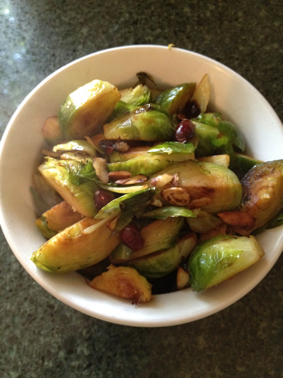It's getting hot hot hot out there. Make sure that your workouts are as good as they can be without compromising your health by following these simple tips.
Exercising in the heat:
• CHUG-A-LUG! Down about two cups (16 oz) of water and hour or two before exercise. Drink ½ cup (4 oz or about 2-3 gulps) every 15-20 minutes during exercise. And be sure to continue drinking water even after your workout is complete to ensure that you are properly hydrated.
• TAKE IT OFF: Wear light colored, breathable clothing. If you’re starting your workout in the morning and it is cool out, make sure to wear layers that you can remove as your body heats up.
• SLATHER IT ON: Working out in the sun is a great way to work on your tan, but also an easy way to get too many rays. Don’t forget the water proof sunscreen, hat and sunglasses to protect your skin and eyes from the sun’s damaging rays.
• SLOW IT DOWN: Your body may need up to 14 days to acclimate itself to warmer weather, so when you start out, slow down for the first few workouts to see how your body responds to overloading when in the heat. Slowly increase your duration and intensity as your body becomes used to the heat.
The biggest thing when working out in the heat is to stay hydrated. As long as the body is hydrated it can regulate its temperature, but if you aren’t ingesting enough water, your body starts to store heat inside, raising your core temperature which puts your organs and central nervous system at risk…yikes!
So what happens if you get overheated? You can be at risk for heat exhaustion or heat stroke. Check out the symptoms of each in case you or someone your know needs help.
Heat Exhaustion:
• Dizziness, fainting, headaches
• Moist skin
• Upset stomach/vomiting
• Weakness
Heat Stroke
• Dry, hot skin (no sweating)
• Confusion
• Loss of consciousness
• Seizures
If you or someone your know is experiencing heat exhaustion or heat stroke:
• Call 911 immediately
While waiting for help:
• Move to a cool, shaded area
• Remove any heavy clothing
• Drink cool water





